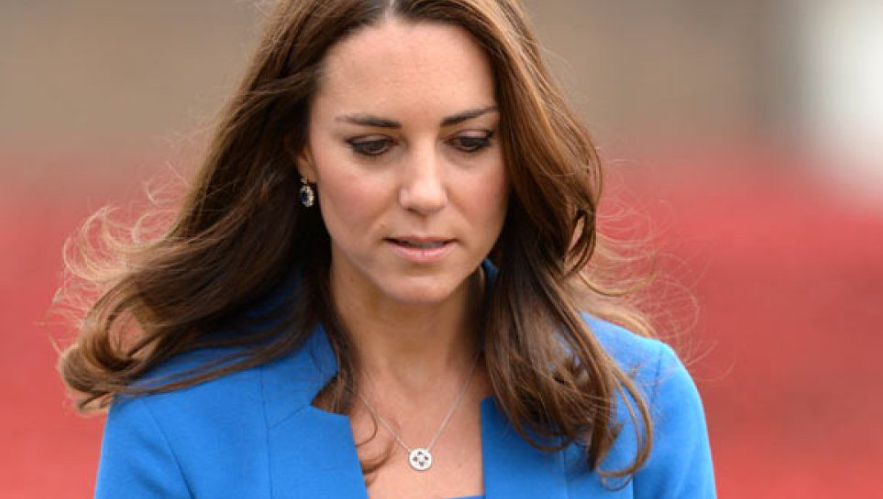
The following is the first half of a two-part article. Click here to read the second half of the article.
[Vaccination] is a nexus controlled by big private vaccine makers, mostly foreign, that decides your baby gets 15 shots more for the doctor to make money. Even if the vaccine is useless—not to talk of the huge mark-ups.There is no vaccine against the venal mind. No [vaccination] ever invented gives us a complete coat of armor. The law is only good enough to catch the more obvious type of visible corruption. When it’s raised to a more abstract and institutionalized level, where it forms the very operating logic of a system that surrounds you with good words, it simply becomes the natural order of things. But once in a while, a crack develops in the consensus and the light filters through. The evening of January 20, when the lonely dissenting voice of Dr. Vipin Vashishtha was sought to be banished by the Indian Academy of Pediatrics (IAP), was one such moment. What showed through in that light was the entire unholy architecture of India’s [vaccination] program.
The evening did not go well for Dr. Vashishtha, ex-convenor of the academy. In the late hours, his fellow members had him thrown out unceremoniously from the IAP general body meeting. The reason: Dr. Vashishtha had blown the whistle on the silent collusion of interests between pediatricians and vaccine manufacturing companies. It’s a nexus that enables these companies—Indian and multinational—to push expensive vaccines into the market, some of them not even answering to a real need. The market is worth thousands of crores, and booming. And doctors make unwarranted profits in the process, at the cost of the unknowing public.
The IAP, the nodal private sector body, directly influences 10-15 percent of all [vaccination] in India—and though that makes it seem limited in scope, this is only in terms of volumes. In value terms, the market is almost as big as the state-run [vaccination] program. And the IAP’s charter of [vaccination], followed by all private pediatricians, exists like a quasi-official model of healthcare to be aspired to by everyone. [Vaccination] via the public health agencies is a more regulated territory, but still the creeping influence on it is not hard to divine—this is because the overarching coalition of global interests that pulls the strings from remote boardrooms is the same on the public as well as private sector.
Healthcare is a transaction of trust. [Vaccination] is one of the first steps in that transaction in an individual’s life. But the field has become so grey that vaccines are being sold for diseases not even prevalent in India! Take yellow fever vaccines. A well-known vaccine distributor in Delhi says some 2,000 units of yellow fever vaccine are sold every month in India. Yellow fever has zero incidence in India (or Asia)—while being prevalent in Africa and Latin America—and the vaccine is only needed to be administered to individuals who travel overseas. Each dose of the vaccine costs Rs 1,850 to the patient.
For Dr. Vashishtha, it’s been a long battle against this tacit compact; the January 20 general body meeting was the last straw. It all began in 2011, when he took over as the IAP convenor. The IAP, a national association of pediatricians, is responsible for making recommendations for new vaccines that enter the market: this becomes the benchmark adhered to by pediatricians across India. The government too consults it to update its own national [vaccination] program.
The revelations made by Dr. Vashishtha have now reached Parliament. On March 17, Dausa MP Harish Meena raised a starred question in the Lok Sabha on the subject. In his reply, Union health minister J.P. Nadda admitted the government was aware of the corruption within the IAP and had also received a complaint from a doctor in Karnataka on it. The government “does not endorse the recommendations” of the IAP, Nadda added, and “all vaccines included in the Universal Immunization Program (UIP) are available free of cost across government health facilities.” Yet, no sign there of any move to address the lack of regulations or of any inclination to introduce a structure of guidelines.
India vaccinates over 27 million newborns every year—a 10 percent ratio means 2.7 million of them get vaccinated through the private sector. Naturally, in urban areas, the ratio is much higher. “Over 40 per cent of children [vaccination] in cities are taken to private hospitals,” says Pradeep Haldar, chairman, National Technical Advisory Group on Immunization (NTAGI), the government body responsible for making suggestions for vaccines to be introduced into the country.
The essential issue is the structure of the industry. Most vaccines are sourced from foreign players with limitless resources. And they are willing to spread it around a bit among doctors and distributors with a single agenda: to increase sales. Not only does this bring about huge price mark-ups, it also pushes ‘cash vaccines’—those that make big bucks but may not be the safest or the most needed for disease prevention. And when reputed bodies of pediatricians and other groups offer their stamp of approval, they are basically acting as lobbyists—though in the guise of arbiters acting in the name of public good.
Consider this. The UIP, which is the government program targeted at [vaccinating] all children up to age five against certain diseases, offers a range of six vaccines across India. In addition, there are three more state-specific vaccines. A private doctor, on the other hand, may offer you a range of 25 vaccines for your child! The costs involved may seem tolerable for a lot of city parents eager to ensure a healthy baby; the volumes bring in the profits, which are substantial. Dr. Bakul Parekh, pediatrician and IAP secretary general, says a parent can spend anywhere up to Rs 25,000-30,000 in the full course of vaccination for their newborn. Count also the consultation fee charged by doctors for every dose, for almost one visit to the doctor every month till the child turns 12. Now compare this to the UIP, which is offered to all children free of cost.
Under the Drugs and Cosmetics Act, 1945, pediatricians are required to maintain records of every vaccine dispensed by them, to ensure only registered medical officers dispense or prescribe such vaccinations. Outlook asked several pediatricians for such records but they were unwilling to provide them. Moreover, there is no government or non-governmental authority where such records need to be submitted by pediatricians. This unregulated scenario has opened a huge market for non-authorized doctors to sell such vaccines.
The biggest motivating factor here is the undue mark-ups offered to every intermediary. Studies suggest mark-ups can range from 30-300 per cent. Outlook obtained several documents from distributors and doctors laying bare the scale involved. Take the pneumococcal conjugate vaccine, administered to prevent pneumonia. It costs the parent Rs 3,800 per dose. And the landed cost of the vaccine, meaning the amount it’s imported for, is only Rs 1,200 per dose. In other words, between distributor and doctor, that’s a neat mark-up of over 300 percent.
Compared to pharmaceuticals and medical devices—which are need-based, curative aids—the vaccine market operates on a different logic, because these are by definition preventive interventions and irrational fear can be a factor. Often, the very existence and supply of a vaccine can engineer demand. “Several new vaccines are introduced in India that may or may not be required by all children. There is no objective way to prioritize new vaccine introductions. Ideally, it should be guided by our local burden of disease and needs. But companies push these vaccines just to earn higher profits and many pediatricians collaborate with them,” says Yogesh Jain, founder of Jan Swasthya Sahayog and a member of the National Health Mission steering group.
The mere awareness of a disease, whether prevalent in India or not, becomes a coercive tool for doctors to prescribe costly vaccines that might not be needed. The UIP takes into account geographical variations—the prevalence of Japanese encephalitis, for instance, is limited to certain states—and most vaccines it prescribes are essential for the well-being of a child. The private sector, though, pushes through a whole bouquet of vaccines without any empirical data to back their need or effectiveness. Dr. Jacob Puliyel of St. Stephens Hospital, New Delhi, and a member of the NTAGI board, elucidates this with the example of the pneumococcal vaccine. “The vaccine used to eliminate pneumonia targets only 10-13 strains of the disease, which is known to have more than 100 strains,” he says. “If you do the math, it means the vaccine is capable of preventing pneumonia only in four out of hundred children,” he adds.
Note: This article was reprinted with the author’s permission. It was originally published by Outlook India. The article was slightly modified to reflect stylistic English language differences.














One Response
They are running amuck all over the World. We have to stop the madness now, before millions more are harmed.